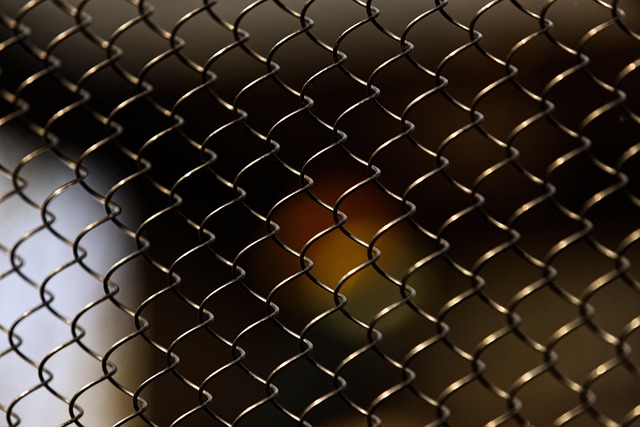In coastal regions, where harsh weather conditions and saltwater exposure are ever-present, selecting the right fencing material is paramount. Durable wooden fencing offers an aesthetically pleasing and functional solution, but choosing the right type is crucial. This article delves into the intricacies of installing fences in coastal areas, exploring how to navigate challenging environments. We’ll discuss benefits, wood species, and maintenance tips to ensure your fence stands strong against the test of time and harsh coastal conditions.
- Understanding Coastal Conditions for Fencing
- Benefits of Durable Wooden Fencing
- Choosing the Right Wood Species
- Maintenance Tips for Longevity
Understanding Coastal Conditions for Fencing
Coastal areas present unique challenges when it comes to fencing due to their specific environmental conditions. Salt air, frequent moisture, and high winds can significantly impact the durability of materials used in construction. Understanding these factors is crucial for selecting appropriate fencing solutions that can withstand the elements and last for years to come.
Regular wood fences might not be the best choice for coastal regions as they are susceptible to rot, warping, and pest infestations. Durable wooden fencing options specifically designed for coastal areas often incorporate treatments that prevent moisture absorption and protect against insect damage. These treated woods, such as pressure-treated or marine-grade lumber, offer enhanced resistance, ensuring the fence remains strong and visually appealing despite exposure to salty air and constant humidity.
Benefits of Durable Wooden Fencing
Durable wooden fencing offers numerous advantages for coastal areas, where traditional materials might struggle against salt air and harsh weather conditions. Firstly, wood’s natural beauty can enhance the landscape, providing an aesthetically pleasing alternative to metal or vinyl barriers. This is especially beneficial in scenic coastal regions where outdoor spaces are often a key selling point.
Secondly, properly treated wooden fences demonstrate exceptional durability, making them ideal for coastal environments. They can withstand strong winds, salt spray, and extreme temperatures, ensuring longevity and minimal maintenance over time. Moreover, wood provides better sound absorption compared to other materials, making it an excellent choice for residential areas near busy coastlines.
Choosing the Right Wood Species
When selecting wood for coastal fencing, choosing the right species is paramount. Softwoods like cedar and redwood are popular choices due to their natural resistance to rot and insects, making them ideal for humid environments. These woods also have a pleasing aesthetic that enhances outdoor spaces. However, they can be more expensive than alternative options.
Hardwoods offer durability and beauty but require more maintenance. Species such as oak or teak are known for their strength and resistance to coastal elements. While initially more costly, their longevity makes them a cost-effective option in the long run. Consider your budget and desired upkeep level when making this crucial decision.
Maintenance Tips for Longevity
Maintaining durable wooden fencing in coastal areas requires a few simple steps to ensure its longevity. Regular cleaning is key; removing salt spray and other debris prevents damage and keeps the fence looking its best. Use a soft-bristled brush and mild detergent for washing, avoiding harsh chemicals that could harm the wood. After cleaning, apply a fresh coat of water-repellent sealer or stain to protect against moisture and UV rays.
Inspection is another vital part of maintenance. Check for any signs of rot, cracks, or loose boards, addressing these issues promptly. Treating small problems early can prevent them from escalating and causing more significant damage. Lastly, consider occasional sanding to smooth any rough patches and restore the wood’s natural glow.
